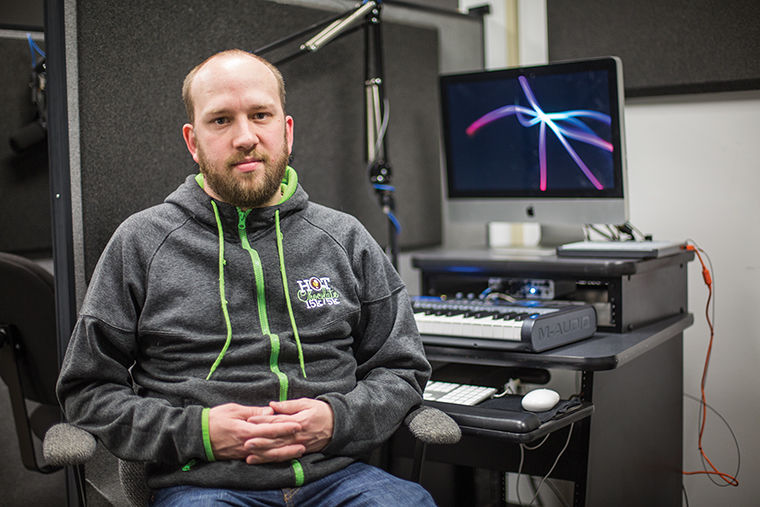Staff layoffs product of collegewide budget issues
Nick Hoeppner, president of the United Staff of Columbia College union and an engineer in the Radio Department, said the union was not aware of the layoffs prior to the announcement, unlike previous years.
June 6, 2016
More than 15 staff members of the college were notified May 31 that their positions had been eliminated due to budgetary constraints, despite no prior warning to the college’s staff union.
Nick Hoeppner, president of the United Staff of Columbia College union and an engineer in the Radio Department, said the dismissed staff members received emails asking them to attend meetings the same day to discuss departmental restructuring, at which they learned their positions were eliminated.
“It is a disheartening trend that just seems to be the new norm here at Columbia that comes every May, people are going to be let go,” Hoeppner said.
Ten employees were laid off from The Design Department, Art & Art History Department, Cinema Art + Science Department, the Library, the Office of the Registrar along with three from the Theater Department and two from the Television and Audio Arts & Acoustics Departments.
The number of non-union staff layoffs was not disclosed by the college, as of press time.
Since becoming US of CC president in September 2014, Hoeppner said this is the third time layoffs had happened at the end of the spring semester. Twenty-five union members were laid off last year—not including the members lost to the 2015 Voluntary Separation Incentive Program that reduced the college-wide workforce by about 29 faculty members and 30 staff members.
Asked about the effects of the workforce reduction, the college’s spokeswoman Cara Birch declined to comment on the layoffs because of what she called “personnel [and] staffing matters,” but commented in response to concerns of union notification.
“The college provides notice to US of CC the day of a separation, as the college has done in the past, when it impacts a member of US of CC,” Birch said. “The collective bargaining agreement with US of CC stipulates that the college provide 90 days notice to the employee and it continues to follow that process.”
Hoeppner said the union’s leadership had been requesting information from the college about any potential cuts since March. He said the union did not receive a list of the staff layoffs until after this year’s layoffs happened, unlike previous years.
US of CC leadership will be meeting with college administrators June 9 to discuss the rationale for the elimination of these positions and how it will affect the structure and workload of the departments.
“I was surprised at the number [of positions eliminated],” Hoeppner said. “We were disappointed in the way the school went about handling it this time. At least in the past, there has been at least some advance notice, and [it] was done a little more delicately.”
Department chairs, who were told by the school deans to make the cuts, informed former staff members of the layoffs.
John Green, chair of the Theatre Department, said the eliminations in his department were due to budgetary reasons.
“It is very sad to have to lay off staff who have worked here many years and have done magnificent service to the department,” Green said. “It is regrettable that the financial situation of the college forces us to make these reductions in force.”
Matt Doherty, the summer chair and lecturer of the Design Department, said the situation is understandable but is difficult to “absorb.”
“It is not a performance–based decision, and that is what makes these things kind of awkward and unfortunate,” Doherty said.
Pantelis Vassilakis, chair of the Audio Arts & Acoustics Department, said his staff member was “appropriately notified” in advance. Unlike the employees in other departments, the staff member in the Audio Arts & Acoustics Department knew about her position’s elimination for approximately a year through discussions with Vassilakis.
He added that the position was eliminated to “slim down” the department’s workforce in light of the college’s declining student population.
“Everyone knows our enrollment is down,” Vassilakis said. “We had to find a more efficient way to handle our finances.”








